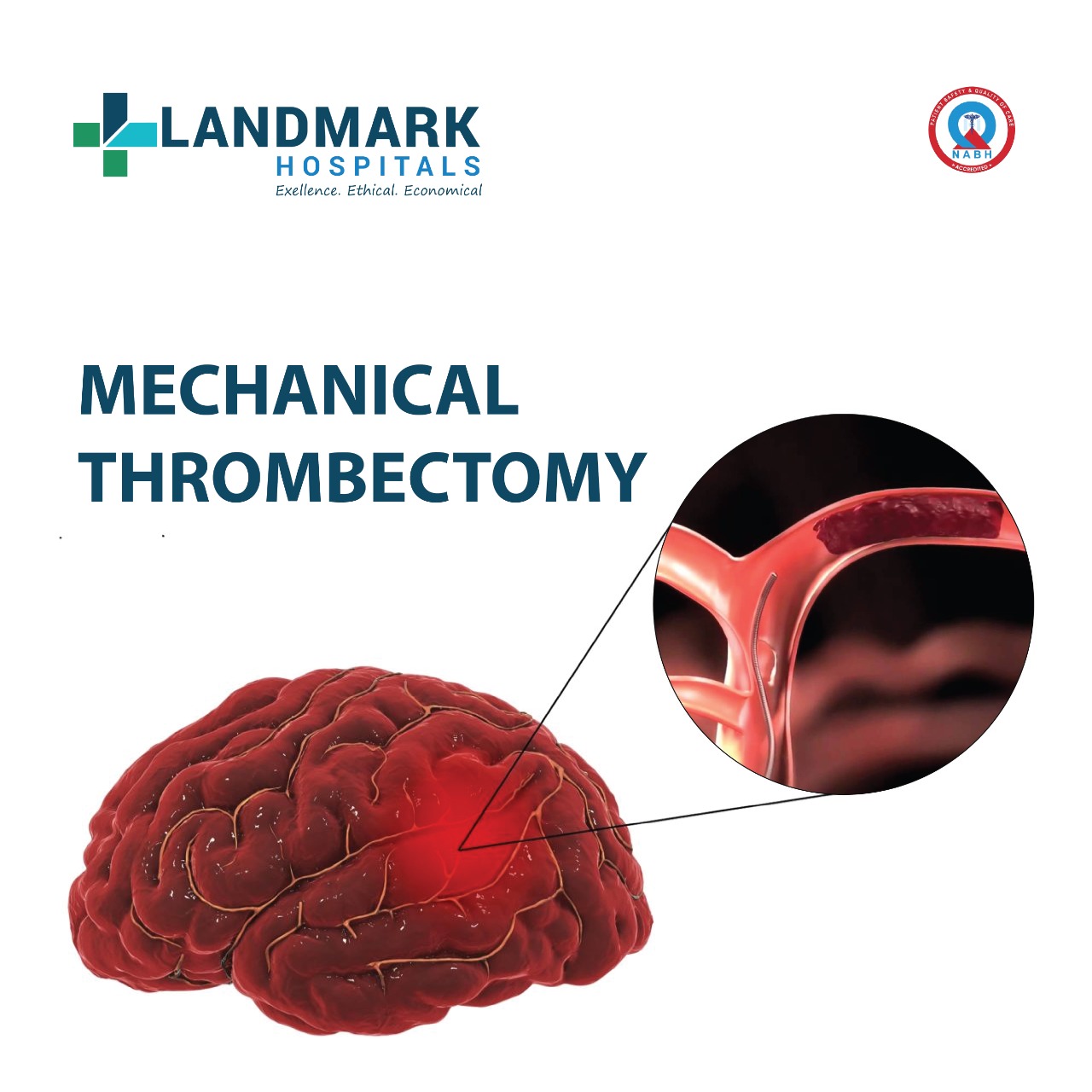
Mechanical thrombectomy is used when patients come in with typical stroke symptoms. Some of those strokes are caused by blood clots in smaller blood vessels and some of them are caused by blood clots in larger blood vessels. And if the blood vessels that are affected are larger in size, meaning a couple of millimeters in diameter, then these patients may qualify for mechanical thrombectomy.
It’s minimally invasive, an endovascular procedure. This means that we go through the groin blood vessels and then advance small catheters all the way up to the neck muscles eventually to the brain. Through those catheters, we can use several different types of devices to remove blood clots from the brain. Basically pulling blood clots out of the brain with the help of our catheters and endovascular tools.
Recovery is not really dependent on the procedure itself. Once we remove our catheters, the hole seals up within a few hours. It depends on how severe the stroke symptoms were or how severe the stroke was, and the recovery In an optimal case, if the procedure goes well and there’s no significant brain damage, then yes we’ve seen patients walking the next day after a stroke. If there is more damage, then it could take a couple of days and even a rehabilitation stay first. We have a system that all of our patients are followed usually a two to four-week time window after discharge from the hospital. They are on the right medications to prevent further strokes.
Who is it recommended for?
Mechanical thrombectomy is indicated for patients who:
Complications:
However, consulting neuro physicians and neuro surgeons decide if Mechanical thrombectomy for Acute Ischemic (temporary) Stroke is a suitable option for the patient. The decision is made based on various factors, such as age, severity of the stroke, time and test results. Eligible patients should receive intravenous alteplase without delay even if mechanical thrombectomy is being considered.
Recovery after Mechanical thrombectomy:
Recovery of the patient depends on:
Patients are seen usually walking within 24 hours.of the procedure, but if the injury is severe then doctors recommend a couple of days rest with physiotherapy and rehabilitation.
Benefits of Mechanical thrombectomy for acute ischemic stroke are:
Mechanical thrombectomy for acute ischemic stroke (temporary stroke) is a minimally invasive endovascular procedure to remove blood clots from larger vessels in the brain.